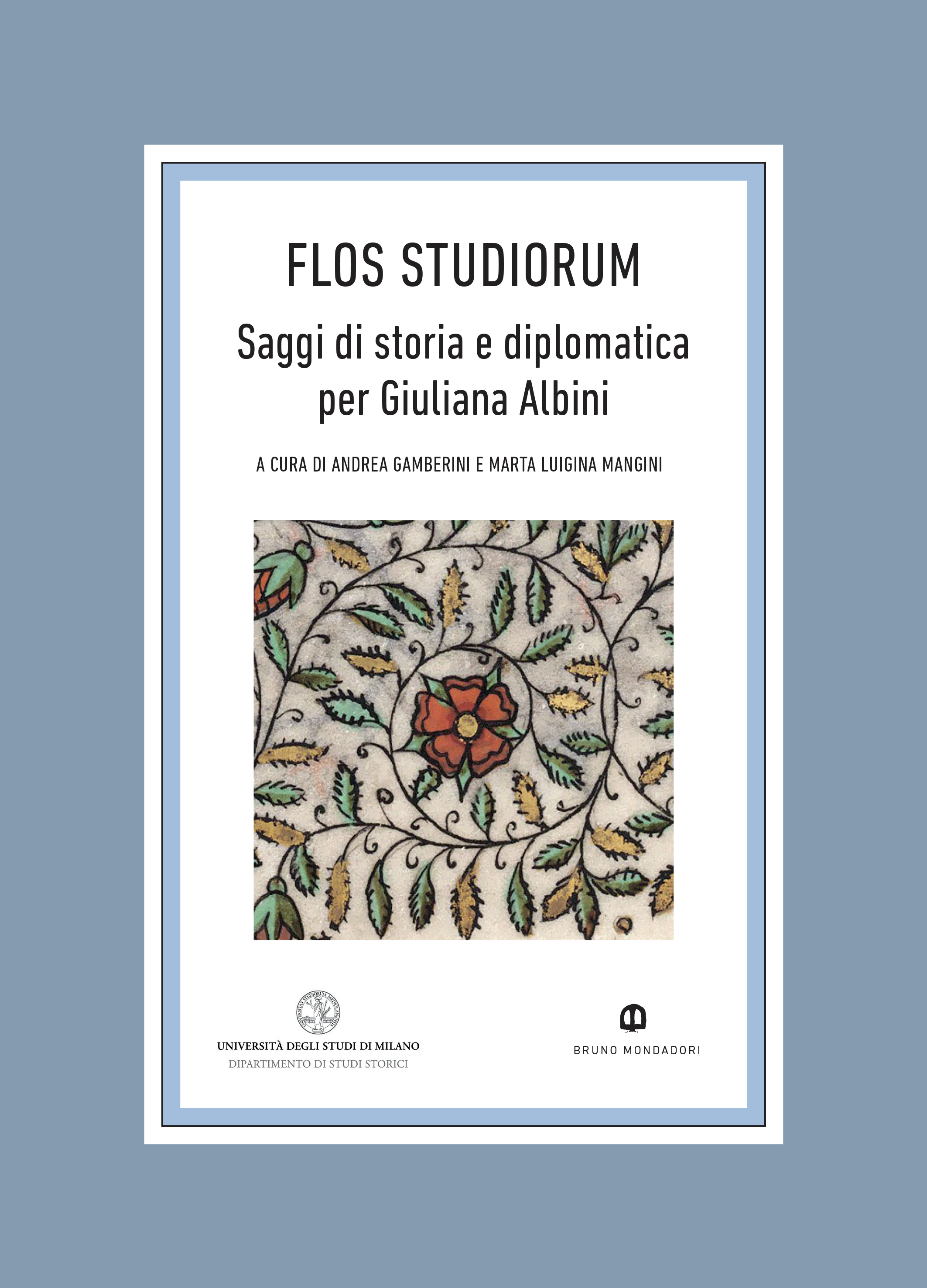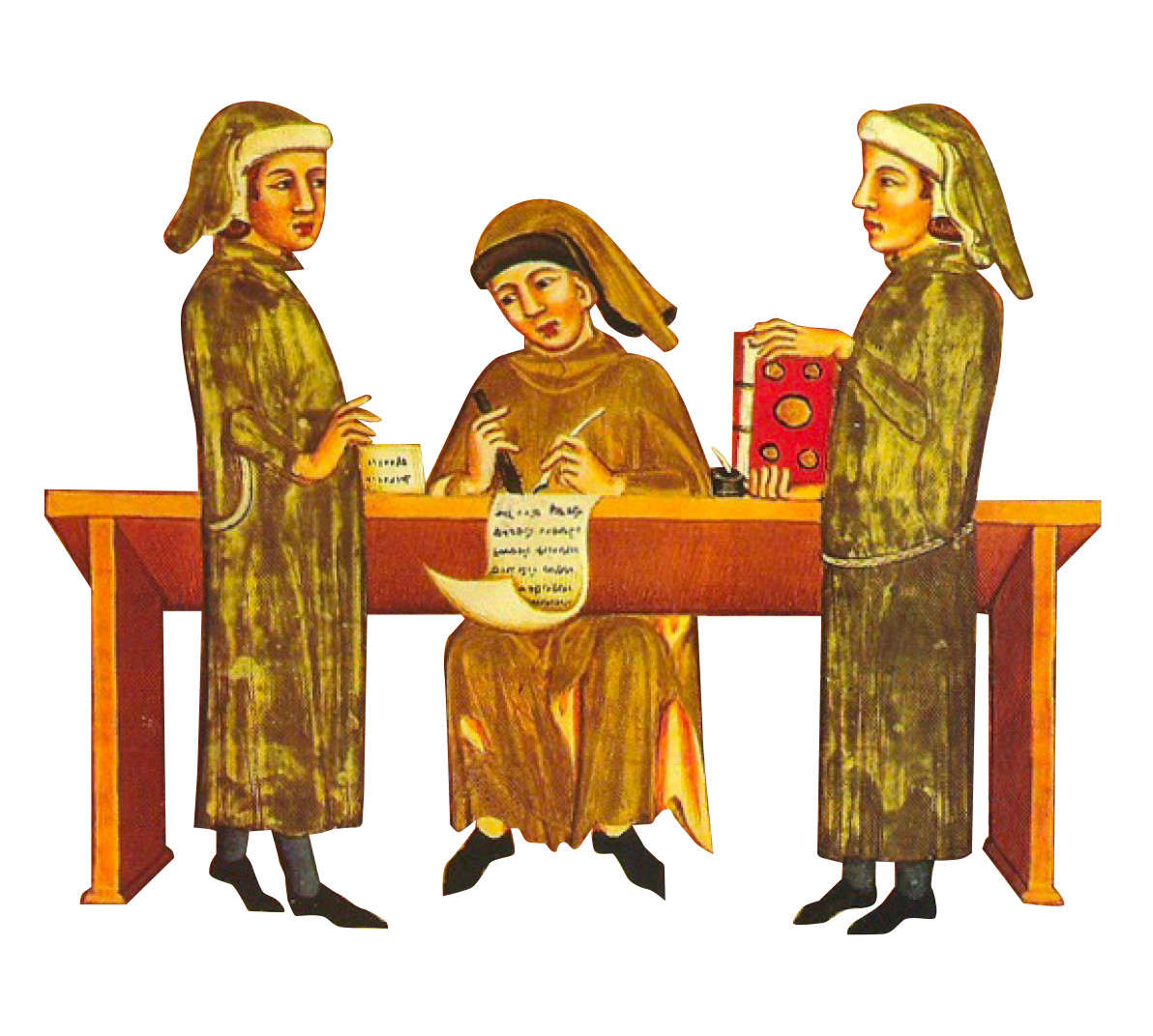Forms of monastic exemption and land power in the Piacentino: the Tolla abbey (7th-12th centuries)
DOI:
https://doi.org/10.54103/2611-318X/13968Keywords:
Royal Protection, Monastic Exemption, Land Power, 11th‐12th CenturyAbstract
S. Salvatore di Tolla, Royal monastery of Lombard foundation, granted to the Archbishop of Milan between the 9th and the 10th century and early recipient of extensive freedom from the diocesan ordinary by the Pope in 939, is an example of persistence over the centuries and ability to adapt to the great changes affecting his institutional counterparts. The analysis of the surviving documentation for the entire period covered by this paper – from the origins to the end of the 12th century – shows that the abbey was particularly interested in maintaining over time a patrimonial protection to ensure a stable territorial presence and the exercise of full lordship in a quite concentrated area thanks also to the availability of three castles.




